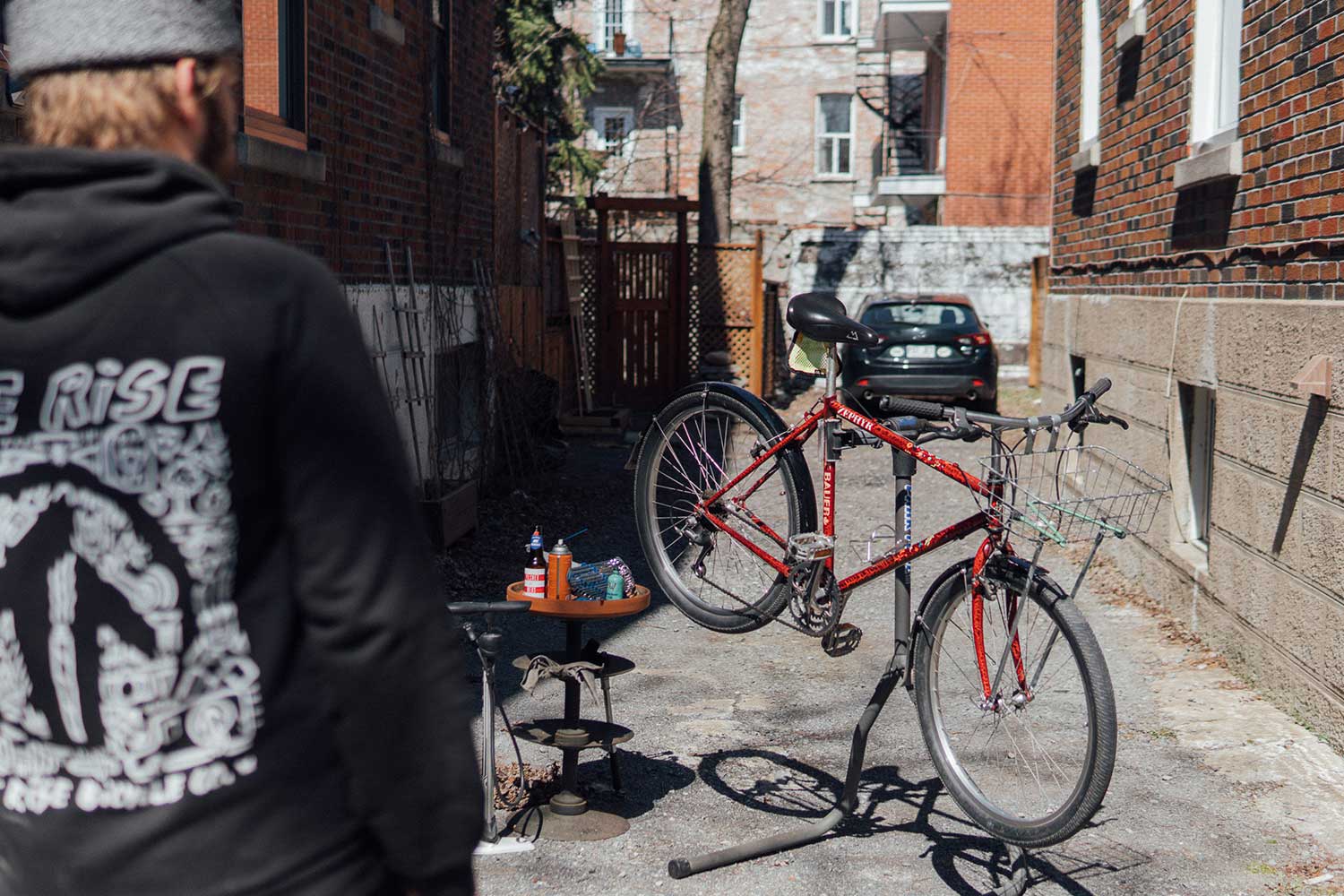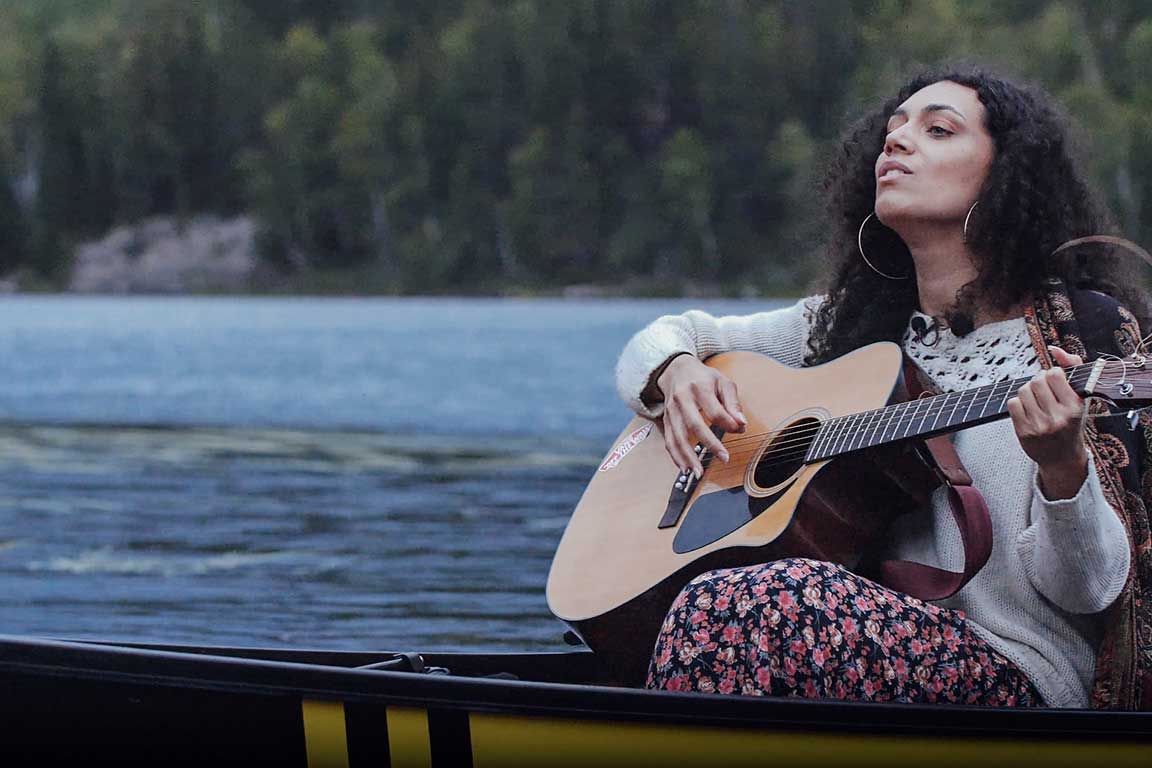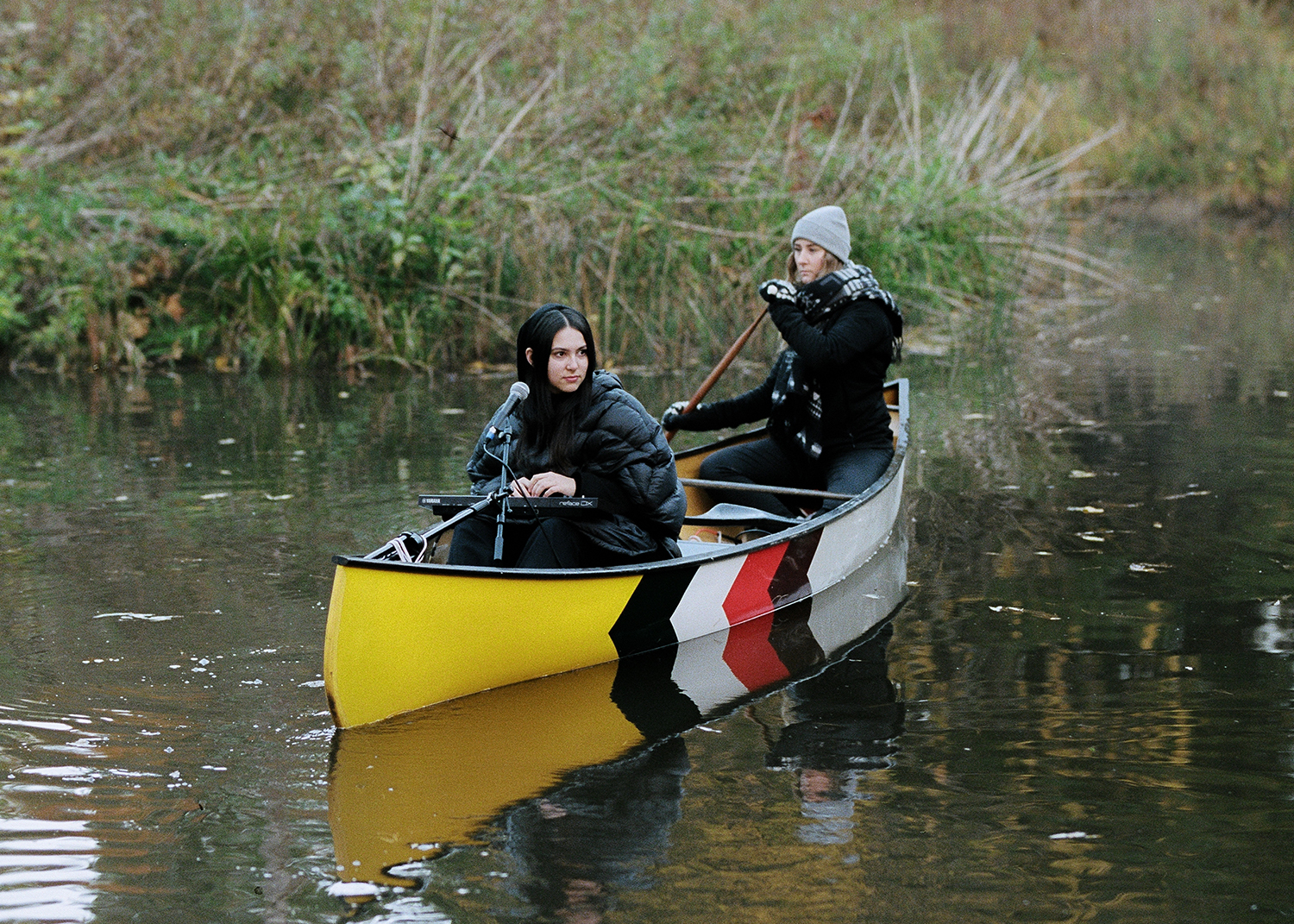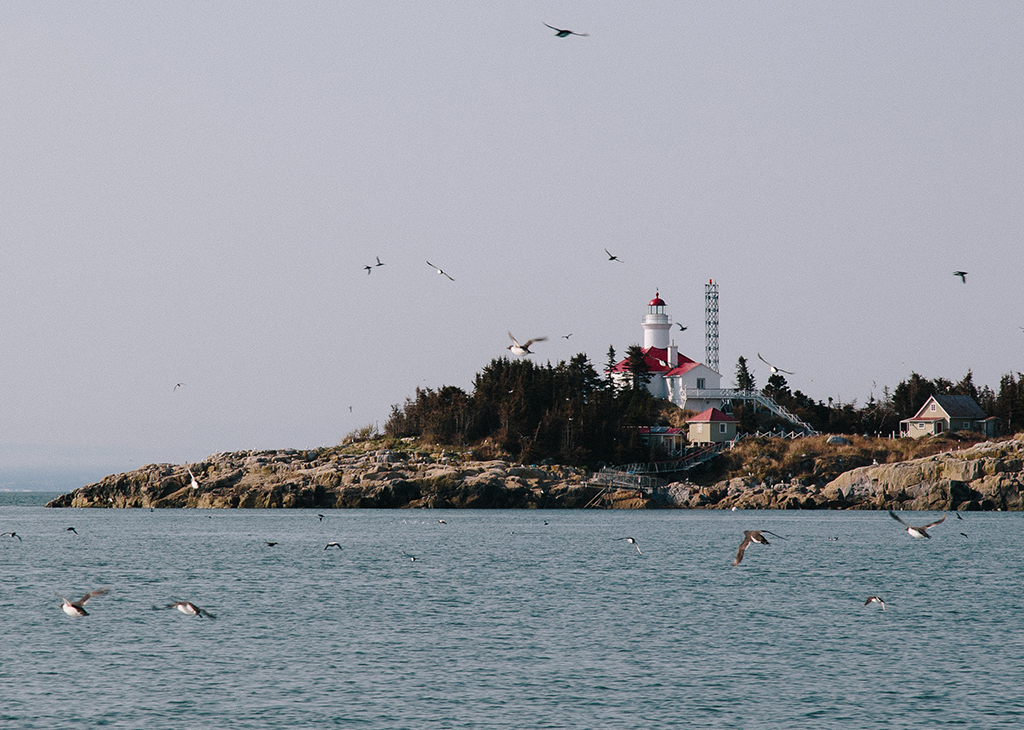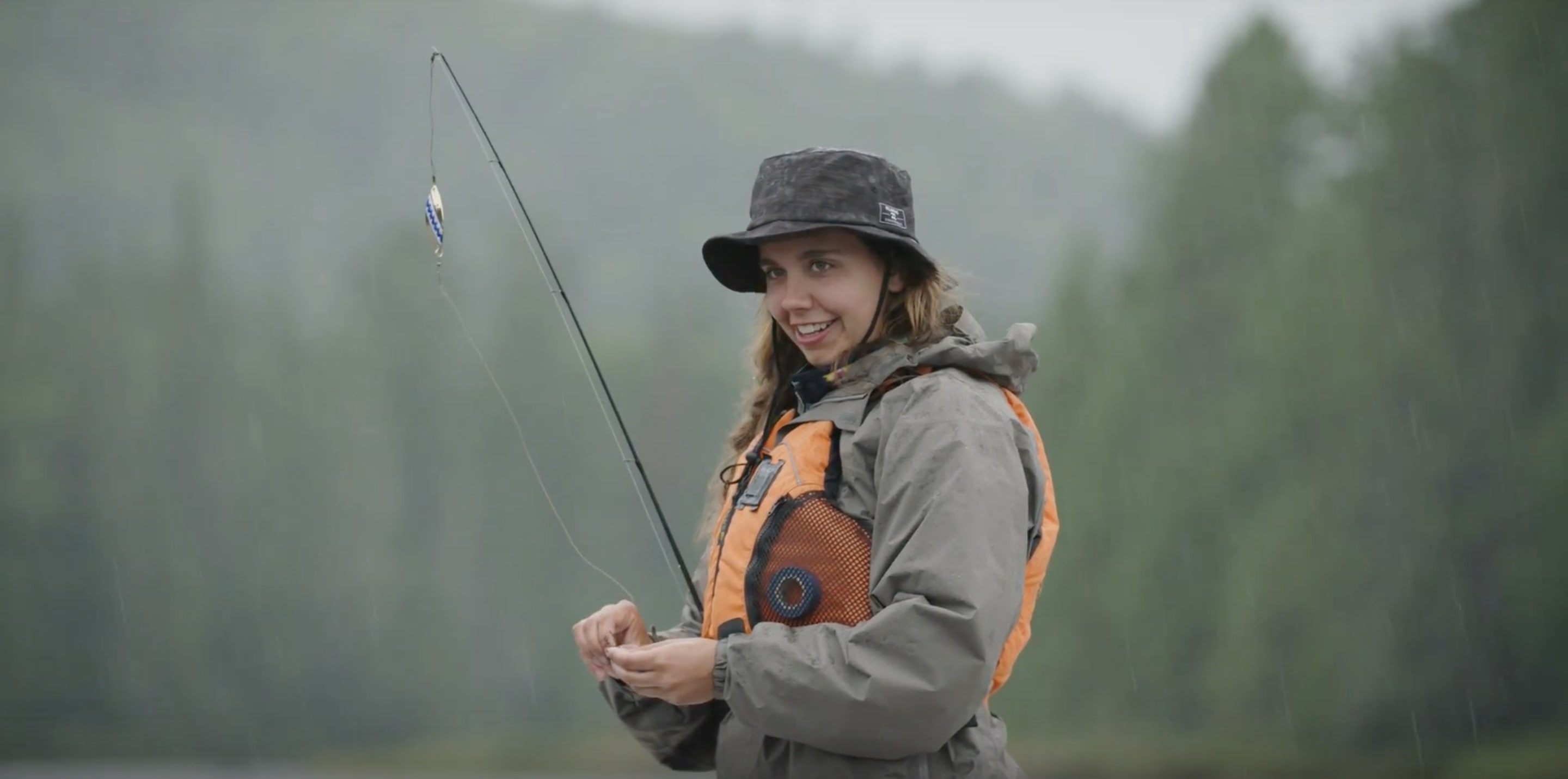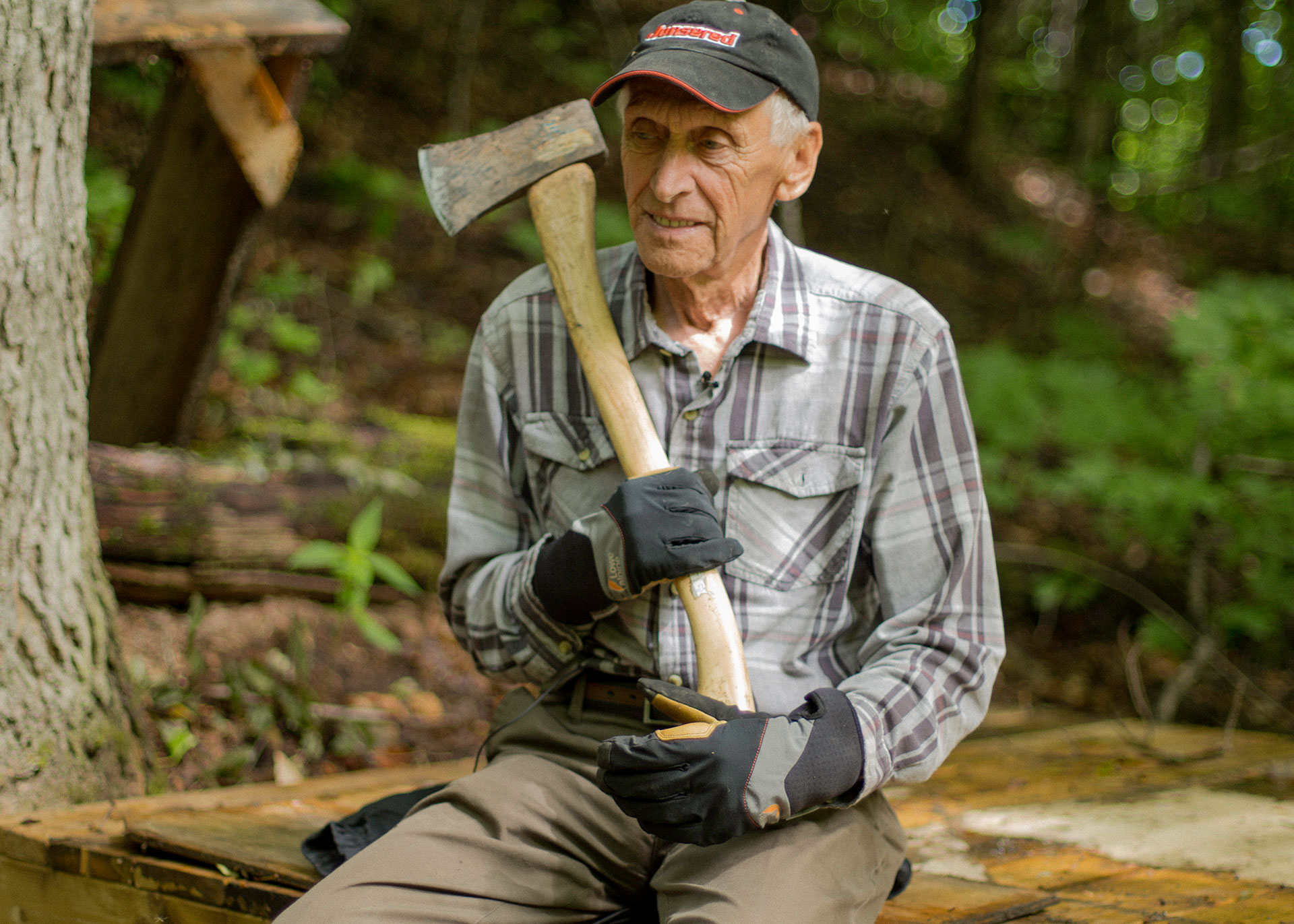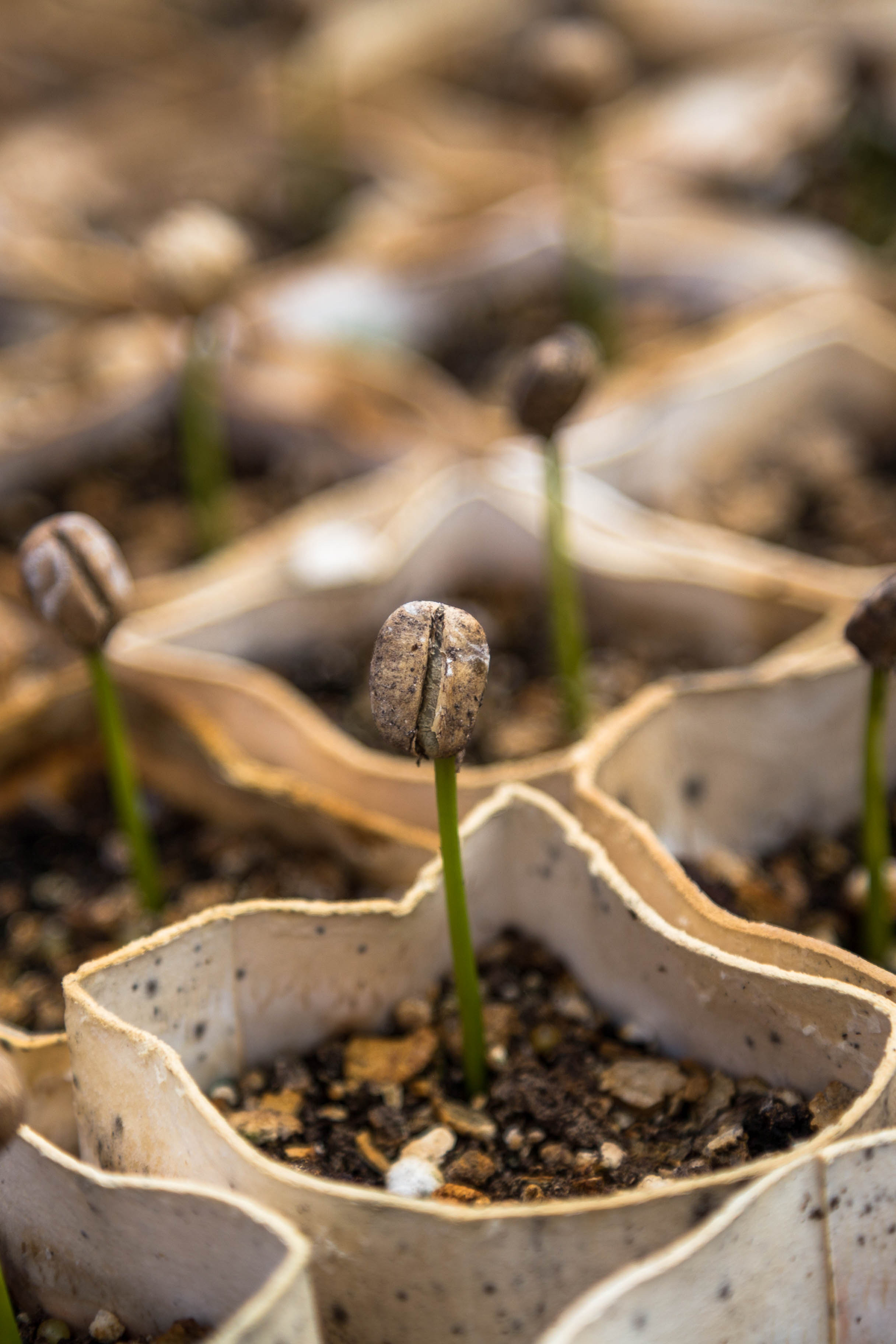First Nations of Food
A new generation of Indigenous chefs retracing their culinary heritage is resetting the table to make space for an activist narrative of food, and it’s delicious. Cooking has become a powerful arena for reclaiming access to their land, their histories, their cultures, and their identities. In this new series, we feature recipes and stories from North America’s culinary frontiers.
The Profile
THE PROFILE
Cezin Nottaway
Chef & Owner of Wawatay Catering
Born in Rapid Lake
With Algonquin roots
Living in Maniwaki, Québec
_________________________
Marie-Cecile Kakgoosh Nottaway-Wawatie is a successful chef, entrepreneur, and public speaker. She has travelled across Canada, but it’s back home in the quaint forest of the Kitigan Zibi reserve in Western Quebec that she finds true inspiration and everything she needs. Nottaway can often be found cooking outside of her log cabin over an open fire, gathering medicinal ingredients in the wild, and hunting with her kids. Throughout her life, the forest has been her kitchen, her grocer, and her pantry.
Her parents, like 150,000 other Indigenous people in Canada, were forced into residential schools where they inevitably lost touch with their Algonquin roots. But they made sure Nottaway engaged with her land and her family’s culinary traditions by insisting she spend time with her grandmothers. At their side, she developed a deep understanding and appreciation of the forest and its bountiful gifts. She hunted moose, deer, and partridge; she learned to skin rabbits and beavers; and she cooked and smoked the meat of these animals herself as well. As a result, even today Nottaway enjoys preparing her food outside: “Cooking outdoors is freeing to me. It’s a way to stay connected to the elements: land, fire, water, air. It’s a beautiful thing.”
It takes little to no noticeable effort for her to light a fire on the snow-covered ground beneath us. Nottaway tells the story of the moose she’s about to cook for us. She remembers her daughter’s happy screams after the hunt and her pride while she was butchering the animal for the first time. Hunting with her two kids is a sacred ritual—that much is evident from her stories. It’s her way of passing on to them her knowledge, her grandmothers’ knowledge, and her reverence for the animals she hunts. When asked for her Moose, tea and onions recipe, Nottaway replies: “Just follow me. I will show you and you’ll never forget.” Cooking, just like hunting, must be observed and experienced.
“We are from the land, we live off the land, and we will return to the land.”
— Cezin Nottaway
Nottaway’s willfulness to cling on to her culture has kept her and her family on a meaningful path. She taught her kids to speak Algonquin. She convinced her husband to leave a life of trouble and study medicine. She has made her dinner table a safe space where everything can be discussed. And she has done this to make sure her kids build the resilience they need for life both on and off reserve.
She named her catering business Wawatay (northern lights in Anishnabe) to symbolize the colours of the spirits of her ancestors. Whether in the great outdoors, in her kitchen, or when serving dinner to visiting political figures, she’s made cooking a powerful weapon against assimilation and an anchor that holds her steadfast to a brighter future. Here, we present one of her most important recipes; Moose, tea, and onions.
The Recipe
THE RECIPE
Moose, Tea, and Onions
By Cezin Nottaway
_________________________
The traditional dishes I was raised on were simple and hearty. For as long as I can remember, moose was a central part of most of our meals whether in a soup or a stew, or even just a simple seared steak. Most of the time it was cooked outdoors, in the bush, with a big ol’ pot of tea beside it.
The first hunt
I can still remember my first hunt ever. My uncle, my sister, and I all perched high up on a tree stand after sunset. I kept giggling despite my uncle’s repeated warnings. I stopped when I suddenly heard the deep grunt of a buck. I tried to contain my adrenaline while my sister looked at me with her big brown eyes. Another grunt and our uncle got his gun ready. He whispered to my sister and I (in Algonquin) to grab the flashlight and scan our surroundings. That’s when I saw the giant moose. One shot and the buck went down. It is my most memorable hunt to this day.
The ritual
I want my kids to experience hunting. As an Anishinaabe, it’s part of my identity. And now it’s my responsibility to pass down the knowledge. The first time we killed a moose together as a family was in the summer in 2017, after a day out picking blueberries. We were on our way home when I spotted a moose crossing the highway. My husband asked what we should do. I immediately answered: Paskizoo (Shoot it). He looked puzzled because shooting a moose on the highway is illegal, especially under a hydro line, but we needed our meat for the winter. I remember my daughter bursting with joy and my son recording the hunt and my kokom nodding quietly in approval. And we did get our supply.
Learning by doing
At a young age, I learned to differentiate the various cuts of meat by touch. My grandmothers asked me: does your thumb go through it easily? If not, it’s “tough” meat. If yes, it’s tender meat. I did eventually learn the names of each cut and their placement on diagrams in culinary school, but I prefer this simple technique when I cook moose.
Because we lived in the bush most of the summer when I was a kid, in Kokomville or Loden Lake, we had to preserve the meat for as long as we could. The best way was to smoke it with piigdoosig (old rotted wood, looks like pulled pork) and then eat it straight up, in a soup or in a stew.
Kokomville and Lac Loden is where our families gathered and built small hunting communities. There was no hydro and no running water. Instead we used water from the spring. Our houses were built by my father, uncles, and cousins with logs we had peeled during the hot summer months.
Anishinaabe means people of the land. Hunting is a central part of who we are. If that’s taken away from us, we will lose our identity. To me, eating moose meat isn’t simply feeding myself and others—it must be practised as a ceremony. Serving moose meat to the people I cook for is like sharing my hard work, my experience, my love, my respect, and my culture.
Ingredients
For serving 5 people
_________________________
Notes on ingredients
_________________________
Moose meat
Any cut can be used for this recipe, but the cook time will vary (obviously tougher cuts will take more time to cook than tender ones). The day we made this recipe at my house, I used oobookjuk (round).
Tea
Black tea was always available and ready on the stove in my household growing up. So when you wanted to deglaze your cooking, tea was always within arm’s reach. And it turns out it can add a subtle earthiness to any dish. If I’m feeling “modern” then I’ll replace the tea with red wine, but for the sake of natural, rustic flavours, we can stick to tea.

Butter
I prefer butter to the Crisco that my grandparents used! I prefer the rich, creaminess and taste, as well as the smooth consistency it gives to the black tea sauce.
Salt and pepper
My paternal grandfather would use so much pepper it would change the colour of his “sauce.” I often only use a little of it to elevate the flavour of my dishes.
Potatoes
I use russet potatoes, but you can use any type. Growing up in the bush, we used the “best priced” ingredient and my grandparents would buy their groceries in bulk. The closest grocery store was about 2.5 hours away from the house.
Step by step
_________________________
Step 1: Prep your ingredients
- Prepare the tea in advance.
- Slice the onions in Juliennes (or “rainbows” as I call them)
- Cut your potatoes into 1-inch pieces
- Thinly slice your moose (or chosen) meat

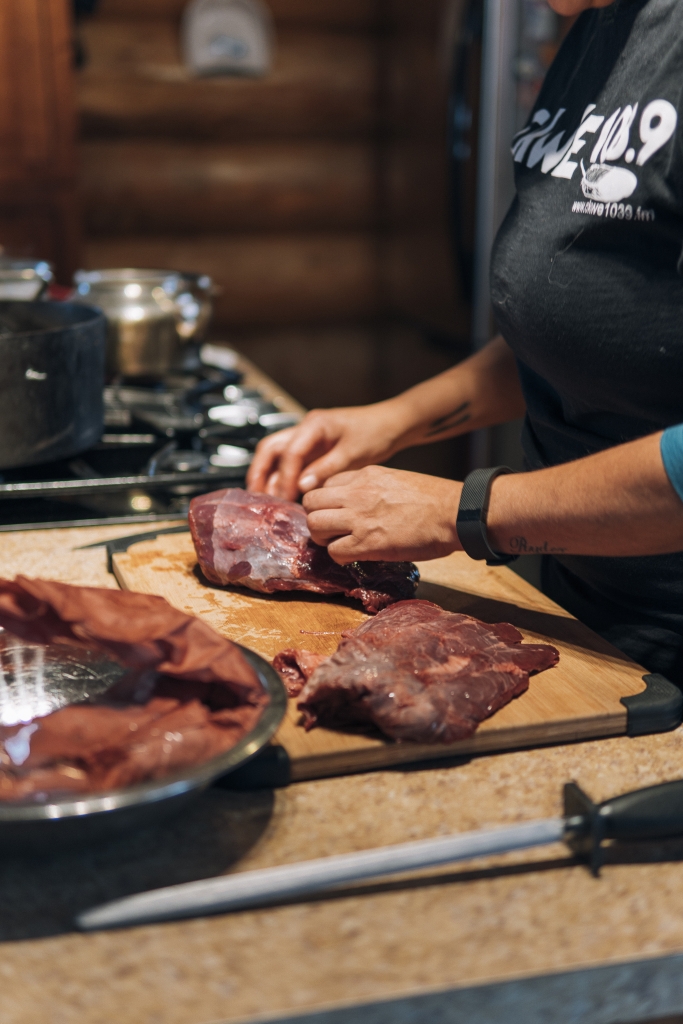

Step 2: Make your fire
- Gather small dry twigs and birch bark.
- Make a “teepee shape,” leaving the birch in the middle of the pile of twigs.
- Then use medium-sized wood and place it around the twigs.
- Light the birch bark and voilà!
- Once your fire catches, make sure to keep feeding it good-sized wood (the smaller the wood you use, the quicker it’ll burn).
Cooking over an open fire is always worth it to give that smokey flavour to a dish.


Step 3: Cook
- Heat the butter in a large cast iron pot on medium heat.
- Once the butter is melted, add moose meat and stir.
- Add salt and pepper to taste.
- Allow to brown then add onions.
- Cook for 10 mins, then pour half of the tea over the meat (just enough to cover it). Let simmer. Depending on the toughness of the meat, you may have to continue adding tea until the meat is tender.
- Add potatoes in the last 10–15 min and cover.
- Once the potatoes are done, the dish is done and ready to eat.
- Add a last touch of salt when serving.





Afterword
Kibikdey nah?
or
Kweewesin nah?
This is what someone might ask if you happen to walk into their home. It means: are you hungry or do you want to eat? I guess you can say that’s where I get my “catering” perspective from. When I cater people, I am not just feeding them, I am inviting them into my heart, my history, my culture, and my childhood.




